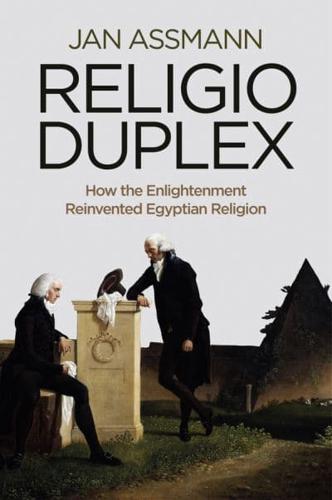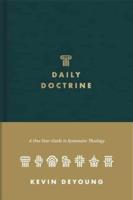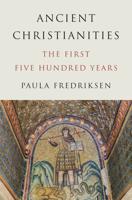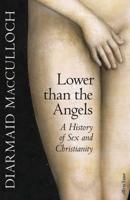Publisher's Synopsis
In this important new book, the distinguished Egyptologist Jan Assmann provides a masterful overview of a crucial theme in the religious history of the West - that of 'religio duplex', or dual religion. He begins by returning to the theology of the Ancient Egyptians, who set out to present their culture as divided between the popular and the elite. By examining their beliefs, he argues, we can distinguish the two faces of ancient religions more generally: the outer face (that of the official religion) and the inner face (encompassing the mysterious nature of religious experience).
Assmann explains that the Early Modern period witnessed the birth of the idea of dual religion with, on the one hand, the religion of reason and, on the other, that of revelation. This concept gained new significance in the Enlightenment when the dual structure of religion was transposed onto the individual. This meant that man now owed his allegiance not only to his native religion, but also to a universal 'religion of mankind'.
In fact, argues Assmann, religion can now only hold a place in our globalized world in this way, as a religion that understands itself as one among many and has learned to see itself through the eyes of the other. This bold and wide-ranging book will be essential reading for historians, theologians and anyone interested in the nature of religion and its role in the shaping of the modern world.











